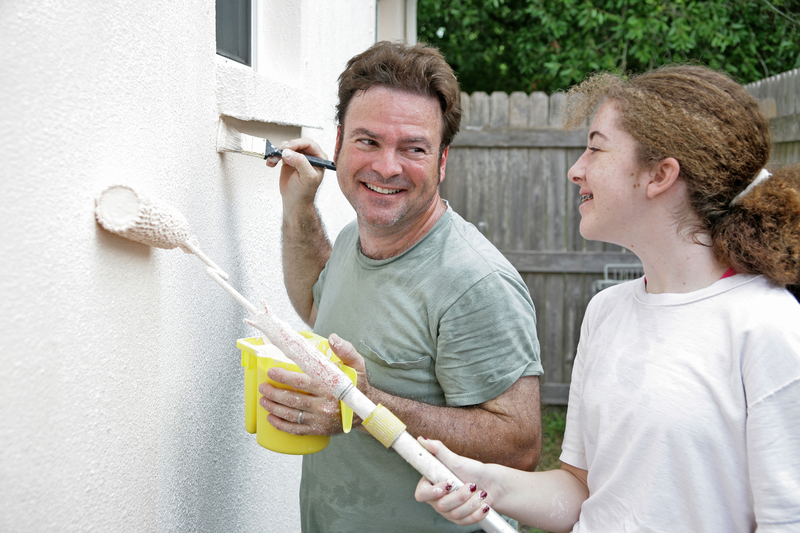
"Why We Have a Housing Crisis: An Interview and Reflection on the American Dream"
In her insightful article, "Why We Have a Housing Crisis", Kyla Scanlon delves into the complexities of the housing crisis in America, highlighting how the dream of homeownership has become increasingly elusive for many. She explores the numerous factors contributing to this crisis, such as the disconnection between metrics and reality in measuring shelter inflation, the impact of restrictive zoning laws, and the pervasive issue of NIMBYism. Through an engaging interview with Deputy Secretary of the Treasury Wally Adeyemo, Scanlon sheds light on the underinvestment in housing and the exacerbation of these issues by the pandemic. She emphasizes the need for a multifaceted approach, involving policy changes and innovative solutions, to address the housing shortage and restore faith in the American Dream. Scanlon’s article is a compelling call to action for increasing housing supply and creating more inclusive communities.
First time home buyer
Housing, housing, housing! It’s on everyone's mind, and for a good reason. The American Dream has long been intertwined with the idea of owning a home. But for many, this dream feels increasingly out of reach. So, what's going on in the housing market that's making it so difficult for people to achieve homeownership?
Understanding the Current Housing Market
Let's start with some context. Recently, the Fed held rates steady, but the news wasn't so promising for the housing market. While inflation is slowing in many parts of the economy, housing inflation remains stubbornly high. This disconnection between metrics and reality can be confusing. Check out our Home Market Predications.
We measure housing inflation through two main lenses: rents and Owner’s Equivalent Rent (OER). Rents capture the actual rents paid by tenants, while OER is a hypothetical value based on what homeowners would rent their house for on the current market. This creates a lag in how we perceive shelter inflation. Although real-time data shows rents are decreasing, the official metrics haven't yet caught up.
The American Dream and Homeownership
Despite the challenges, owning a home remains a core part of the American Dream. As James Truslow Adams defined it, the American Dream is "the dream of a land in which life should be better and richer and fuller for everyone, with opportunity for each according to ability or achievement." But today, this dream feels more like a distant reality for many.
The pursuit of homeownership is about stability, success, and a sense of belonging. It's supposed to be the key to upward mobility and financial security. Yet, the financial returns on housing compared to equities are starkly different. For instance, $10,000 invested in equities in June 1974 would be worth $2.4 million today, while the same amount invested in housing would be worth just $139,000.
Interview with Deputy Secretary of the Treasury, Wally Adeyemo
A few months ago, I had the opportunity to speak with Deputy Secretary of the Treasury Wally Adeyemo about the housing crisis. He highlighted the underinvestment in building housing since the financial crisis and how the pandemic exacerbated these issues. According to the San Francisco Federal Reserve, the shift to remote work during the pandemic accounted for over half of overall house price growth during that time. Here is the video interview.
Mortgage rates have skyrocketed from 2-3% just a few years ago to over 6.5% today, making it difficult for buyers to afford homes. Housing prices have tripled since the early 1990s, with significant gains in value over short periods. Between December 2020 and December 2021, the median US home gained $52,000 in value, with some markets seeing increases of over $100,000.
The Complexity of the Housing Crisis
Housing is a foundational need, yet it's one of the most significant components of the Consumer Price Index (CPI). The bifurcation in the housing market is evident: homeowners with fixed-rate mortgages are insulated from monetary policy impacts, while those facing high mortgage rates feel trapped.
Another critical issue is NIMBYism (Not In My Backyard). Many older homeowners resist new developments to preserve their property values or community aesthetics. This resistance, combined with restrictive zoning laws, makes it challenging to build new housing. For instance, over 90% of residential land in Los Angeles is zoned for single-family homes, limiting multifamily housing development.
Efforts to Address the Housing Crisis
Despite these challenges, efforts are being made to address the housing crisis. Deputy Secretary Adeyemo mentioned the Low Income Housing Tax Credit (LIHTC), which incentivizes the creation of affordable housing. This program has built about 3.8 million units since 1986 and continues to support mixed-income developments.
Local communities are also stepping up. Montgomery County, Maryland, for example, has created a fund to partner with private developers, resulting in significant mixed-income housing projects. Additionally, grants and initiatives like the Innovation Fund for Housing Expansion aim to support affordable multifamily rental units and starter homes for middle-class families.
Conversion of commercial properties to residential use is another strategy, though it faces challenges due to permitting processes and local political issues. However, it remains a cost-effective option, with conversion costs generally lower than new residential construction.
The Broader Implications of the Housing Crisis
The housing crisis impacts more than just individual homebuyers. It affects businesses, communities, and the overall economy. High housing costs limit labor mobility, increase commute times, and strain infrastructure. To address these issues, city design must shift to be more people-centric, promoting walkable cities, alternative transit options, and safe bike lanes.
Looking Forward
Solving the housing crisis requires a multi-faceted approach, involving policy changes, financial incentives, and innovative solutions. We must rethink our cities and prioritize housing as a fundamental need. By increasing housing supply, we can create more opportunities for everyone and restore hope in the American Dream.
It's time to build more homes, more communities, and a better future for all. Let's turn the American Dream into a reality once again.






